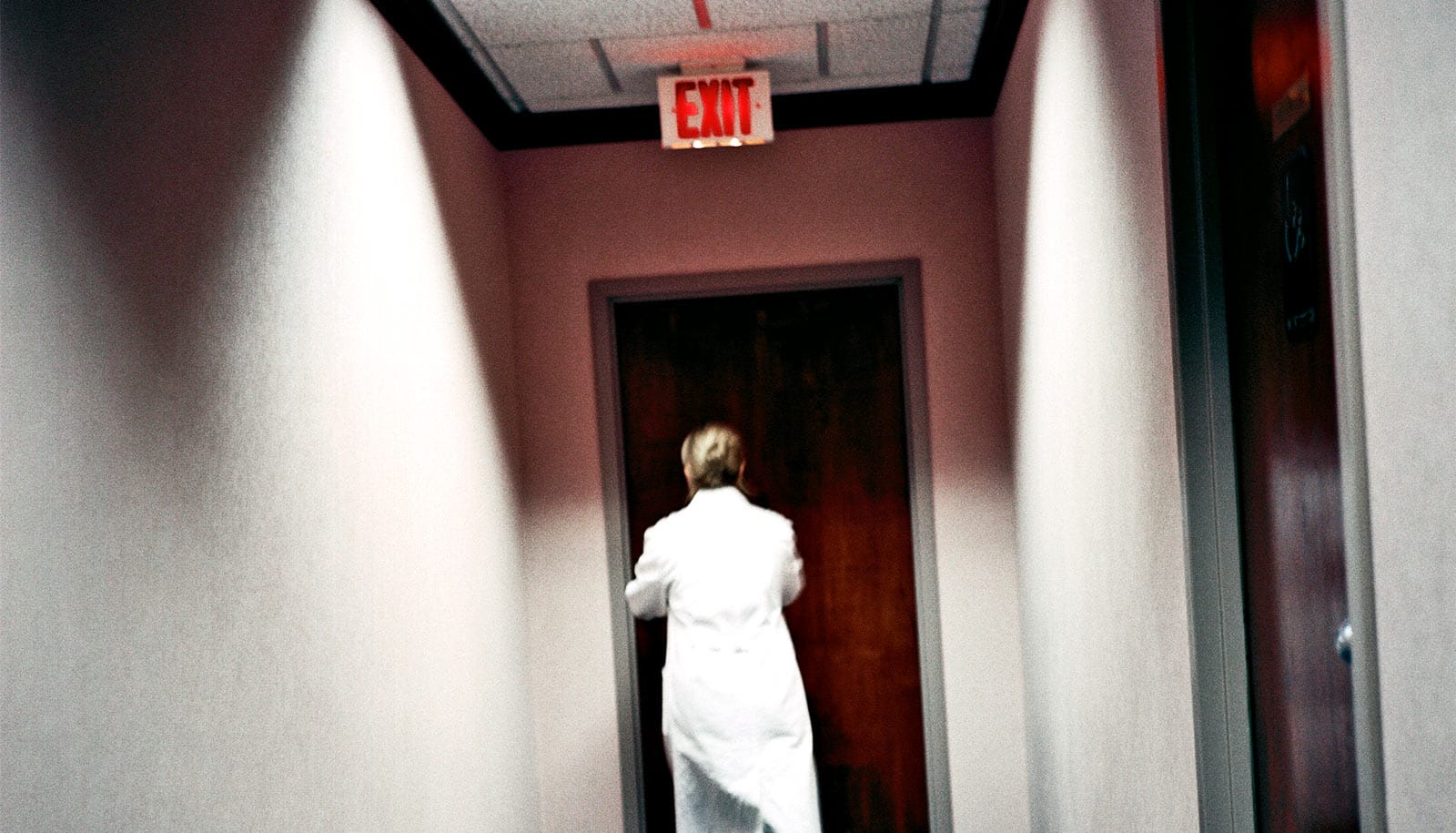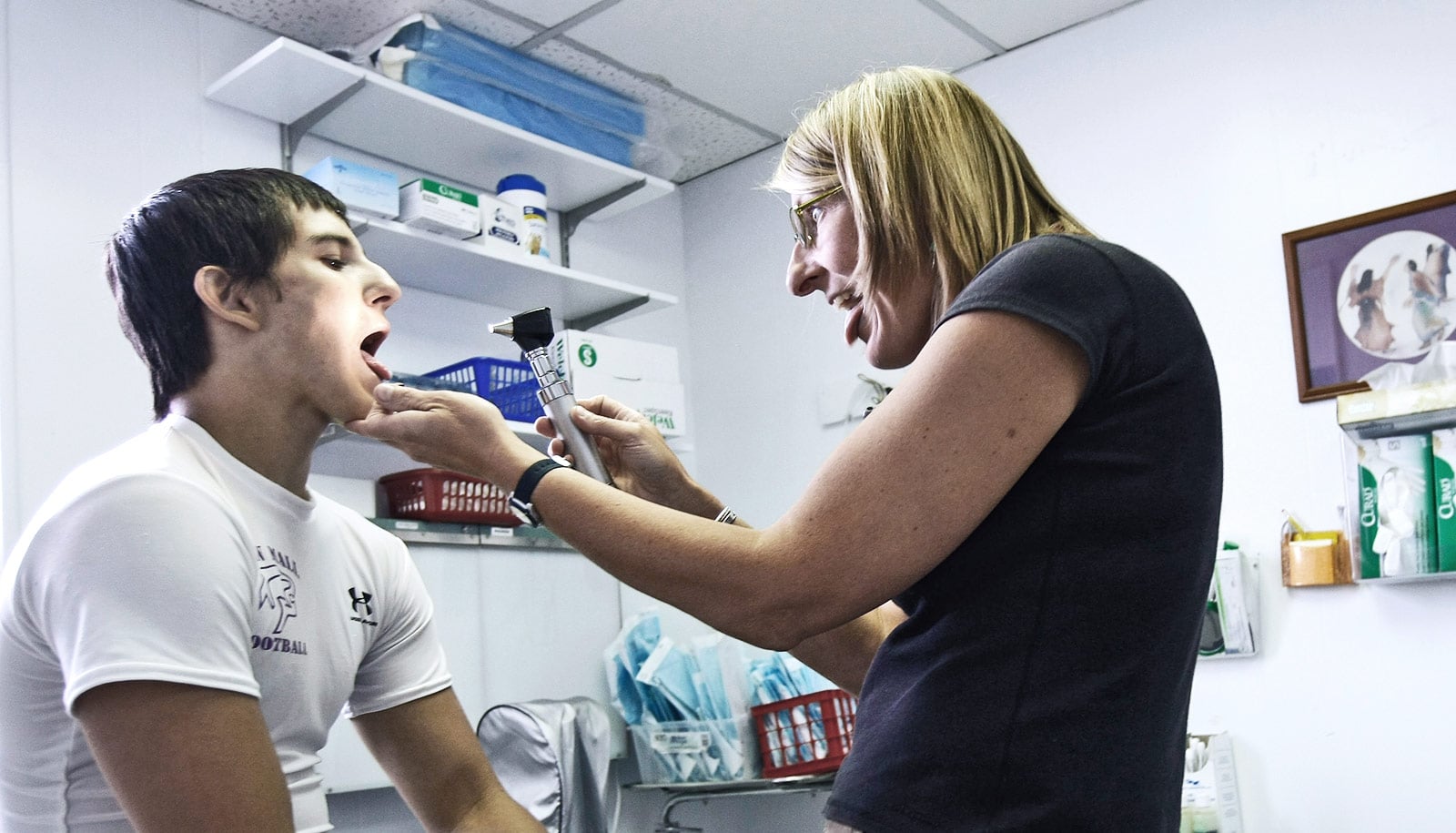Physicians who repeatedly face malpractice suits don’t relocate their practice any more than colleagues who have no claims, according to a new study.
Instead, they may quit medicine altogether, or, if they continue to practice, shift to smaller or solo practices.
“There is an emerging awareness that a small group of ‘frequent flyers’ accounts for an impressively large share of all malpractice lawsuits,” says David Studdert, professor at both Stanford University Law School and the university’s School of Medicine, and lead researcher of the new study, which appears in the New England Journal of Medicine. “This study confirms that, and begins to shed light on the professional trajectories of these physicians.”
In a 2016 study, which also appears in the New England Journal of Medicine, researchers examined demographic characteristics of claim-prone physicians. “When we presented that work, people kept asking us questions about this group that we couldn’t answer, like who would ever hire or insure them,” Studdert says. “Now we have a better idea.”
Following multi-claim practitioners
The researchers reviewed data from 480,894 physicians who had 68,956 claims paid against them between 2003 and 2015. The researchers estimated that 2 percent of practicing physicians had two or more paid malpractice claims. Those physicians account for nearly 40 percent of all paid claims, confirming results from their earlier study.
“Our main goal was to follow these multi-claim practitioners over time as they accumulated claims and see where they went and what kind of changes they made to their practices,” says coauthor Michelle Mello, professor of law and professor of health research and medicine. “One surprising result was that they were no more likely to relocate than their colleagues.”
“I wouldn’t want my family members to be treated by a physician who had paid out six malpractice claims in the past few years. Who would?”
In the late 1980s, widespread concerns that physicians with poor liability records moved to another state to put their reputations behind them led Congress to establish the National Practitioner Data Bank.
When insurance pays a malpractice claim on behalf of a health practitioner, or when the practitioner receives certain forms of disciplinary action, the information must be reported to the Data Bank. Employers, such as hospitals, are then required to check the Data Bank.
“Given the policy history here, it was gratifying to find that physicians prone to malpractice claims were not flight risks,” Mello says, noting that it is clearly harder for physicians with bad records to escape their past than it once was.
Less oversight
The researchers also found that claim-prone physicians quit practicing more often than peers without claims. Nonetheless, more than 90 percent of physicians who racked up five or more paid claims continued to practice medicine.
The study also shows that claim-prone physicians shifted to smaller practice settings more often than their peers. For example, physicians with five or more claims were more than twice as likely as physicians with no claims to switch to solo practice.
“Compared to practicing in large group practices or hospitals, physicians in small or solo practices are subject to less oversight from administrators and peers,” Mello says.
“Quality problems with solo practitioners may be more difficult to detect and report. From a patient safety standpoint, this is the study’s most troubling finding. Frankly, solo practice is the last place we want practitioners who pose patient safety risks to be working.”
While a single malpractice claim is a weak signal that there’s a quality problem, repeated paid claims over a relatively short period of time send an important signal about patient safety risk, Studdert says.
“We think the study’s main message is that regulators and the companies that provide physicians with liability insurance should be paying closer attention to this signal,” Studdert says. “I wouldn’t want my family members to be treated by a physician who had paid out six malpractice claims in the past few years. Who would?”
Additional coauthors are from Stanford, the University of Melbourne, and the US Department of Health and Human Services. SUMIT Insurance, a company wholly owned by Stanford Hospital and Clinics and Lucile Packard Children’s Hospital, and the Australian Research Council funded the work.
Source: Stanford University



